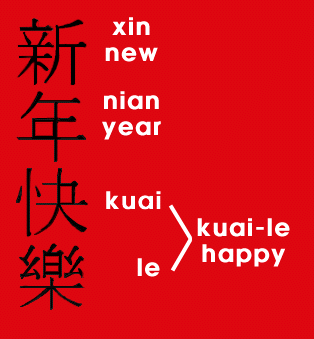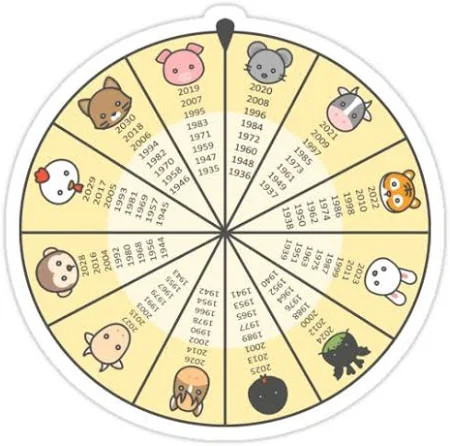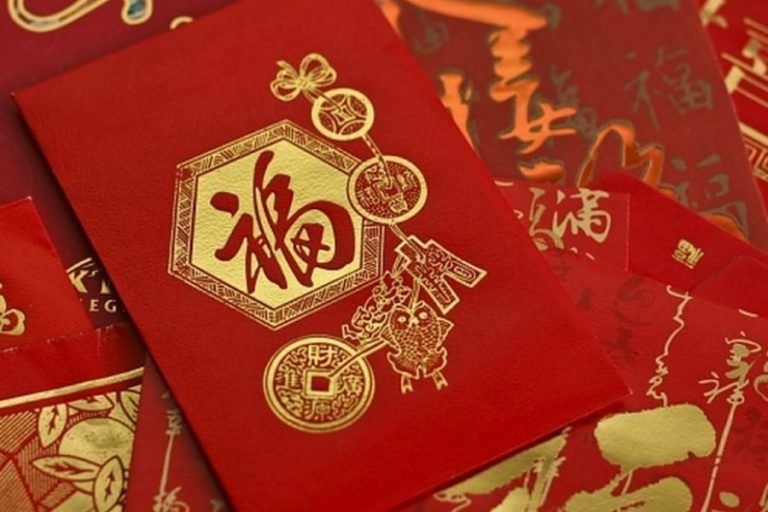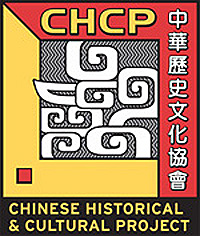|
- Home
- Chinese New Year
Chinese New Year

Gung Hay Fat Choy!
Gong Xi Fa Cai!
(The first is Cantonese; the second, Mandarin. Both are literally “Wishing you prosperity!”)
Xin Nian Kuai Le!
Sun Nin Fy Lok!
(The first is Mandarin; the second, Cantonese. Both are literally “New Year Happiness!” or “Happy New Year!”
Lunar New Year
The Lunar New Year is determined by cycles of the moon and therefore the dates are movable, each new year commencing on the new moon which occurred in the late January or February of the Western Calendar. It is not the “Chinese New Year” but the “Lunar New Year” as the date is celebrated by many others besides the Chinese.
The first day of the lunar year is the “Lunar New Year.” There are 12 lunar months in the year and by definition the evening of the first day of the month is the darkest night of the month. As the nights progress, the moon becomes fuller and fuller until the fifteenth of the month when there is a “full moon,” the brightest evening of the month.
To determine the Lunar New Year of another year, for example 1991, refer to a calendar. Counting the number (24) of “new moons” from the 1998 Lunar New Year will give the start of that Lunar Year.
By Lim Mar, Former CHCP Director
When is New Year? Most people will answer January 1. Well, that is correct. But if we want to be more specific, it depends on which calendar system is in use. Most of us use the Gregorian system which is accepted internationally. Many people think Chinese use the lunar system only. Actually Chinese lunar system (Ying Lik) also takes into consideration the solar system by adding a month every certain years. Moreover, the solar year (365 or 366 days) is divided into 24 periods, each consisting of 15 or 16 days. The beginning of each period is identified by a name corresponding to the position of the sun. The important ones are:
Dong Ze (Winter Summit/Solstice) on December 22. At this time the sun is at the southmost. People expect the sun to come back. To celebrate, warm soups of ginger and wheat-balls are served.
Chun Fen (Aries Point) on March 21. At this time the sun is exactly at the equator. No celebration is held.
Qing Ming (Clear and Bright) on April 5, 15 days after Chun Fen. It is supposed to be sunny but not too hot. People go to clean graveyards which otherwise will be covered by grass.
Of importance is Li Chun (Establish Spring) on February 4, which is exactly midway between Dong Ze and Chun Fen. Some people call it Qiao Chun (Hand-over to Spring). Philosophically this is the true New Year, because it is the real beginning of spring, while Chun Fen (Aries) is the summit of spring. European culture might regard Chun Fen as the beginning of spring due to different philosophy.
By Bandvenus Teniseliwanti
This auspicious holiday, which has been observed annually in China for more than 5,000 years, falls on a different date each year because the Chinese calendar is based on a combination of the lunar and solar cycles.
According to legend the Chinese started to compute time from 2696 B.C., during the reign of the Yellow Emperor, Huang Ti, when his prime minister devised a system of 60-year cycles. In the twenty-third century B.C., the Emperor Yao commanded his astronomers to observe the solstice and fix the dates of the four seasons so that farmers might know when to plant their seeds and harvest their crops.
Evidence suggests that the Chinese used a gnomon, a crude sundial, to determine the solstice and equinox sometime before the twelfth century B.C. Using that information, a year was divided into days and lunar months. A lunar month consisted of 29.53 days, the time required for the moon to make one complete revolution around the earth. Consequently, a year made up of twelve lunar months was not 365.25 days (the time for the earth to completely circumnavigate the sun), but only 354.3 days, about eleven days shorter than a year in the Gregorian calendar. Therefore the lunar calendar required periodic adjustment. This was accomplished by adding a day or a month to the calendar when the cumulative fractions equaled a complete unit. An extra day was added about every two months so that some lunar months had twenty-nine days and others had thirty. To correct the deficiency of eleven days a year, a lunar month was added every three years.
In the lunar calendar, the first day of the month coincides with the new moon and the middle of the month usually coincides with the full moon. The new year arrives with the second moon following the winter solstice (on or about December 21) and the lunar new year begins between January 21 and February 20.
Reprinted with Permission by the Copyright Holder:
Man-U Import News
980 So. Amphlett Boulevard
San Mateo, California 94402
"My father had informed me quite a few years ago that the full moon comes on the 15th of the month on the lunar calendar. So, using reverse logic, the new moon comes on the first of the lunar calendar month."
By Don Gee, Former CHCP Director
 Chinese Zodiac
Chinese Zodiac

The Chinese zodiac is based on a twelve-year cycle, with each year of the lunar calendar in the cycle associated with an animal sign. The twelve animals of the Chinese zodiac are: Rat, Ox, Tiger, Rabbit, Dragon, Snake, Horse, Sheep (or Goat), Monkey, Rooster, Dog, and Pig.
Wood, Fire, Earth, Metal, and Water are the five elements. In Chinese astrology, each of the 12 Chinese zodiac signs is associated with one of the five elements, which is known as the fixed element of the sign:
| Fixed Element | Chinese Zodiac Sign |
| Wood | Tiger, Rabbit |
| Fire | Snake, Horse |
| Earth | Ox, Dragon, Sheep, Dog |
| Metal | Monkey, Rooster |
| Water | Pig, Rat |
Also, the 5 elements and the 12 zodiac animals combine to form 60 zodiac animals which take turns to rule a year in a 60-year cycle and which helps predict the future.
Chinese New Year Traditions
The Chinese begin preparations for the new year during the last few days of the last lunar month. Debts are paid, hair is cut, and new clothes are purchased. Homes are thoroughly cleaned to sweep away any ill fortune and to make way for the incoming good luck. Doors and windows are decorated with paper cut-outs with the themes of happiness, wealth and longevity. Incense is burned in homes and temples to pay respect to ancestors and ask for good health in the coming year.
On New Year’s Eve, families come together to feast. Popular in Northern China is jiaozi, a steamed dumpling, while in Southern China nian gao, a sweet rice pudding, is preferred. Family members engage in playing cards and board games or watching television programs dedicated to the occasion. At midnight, celebrants ring in the new year with fireworks, intended to drive away evil spirits. Lights are to be kept on throughout the night.

On the first morning of the new year, children greet their parents and receive lai see, lucky money tucked in red envelopes. Then the family goes door to door with good wishes for relatives and neighbors. Old grudges are easily dismissed during this time of reconciliation and goodwill, and gifts are exchanged during visits over the next several days. The festival is marked by peace, socializing, folk dancing, and fun.

